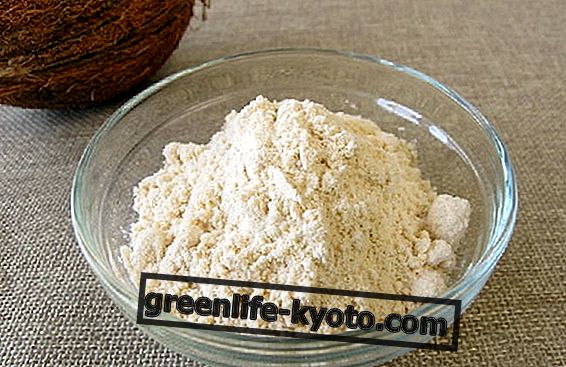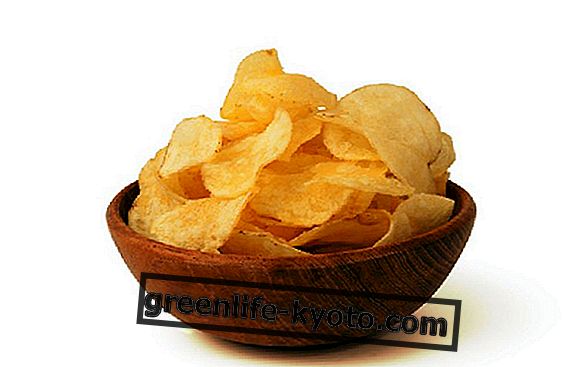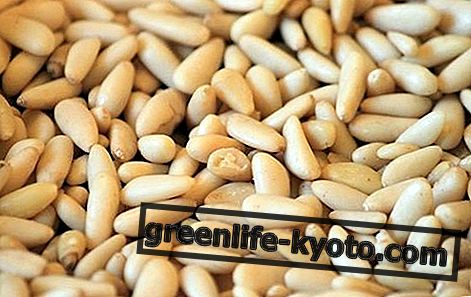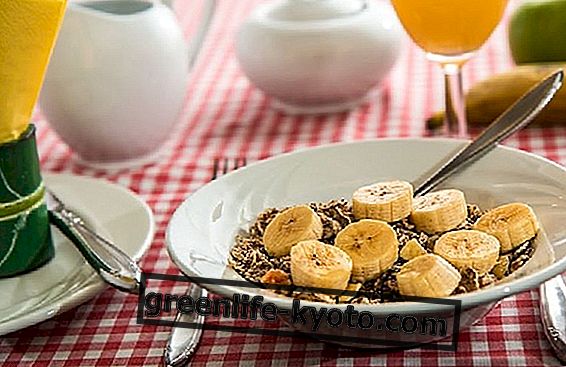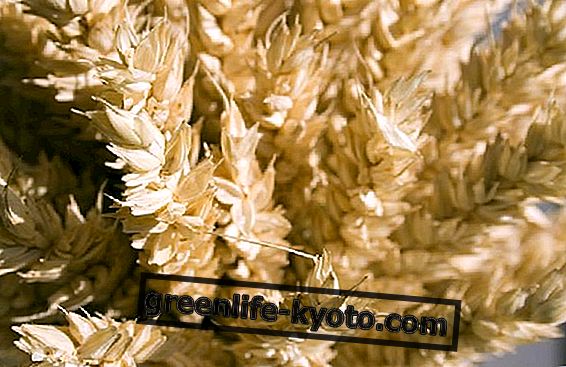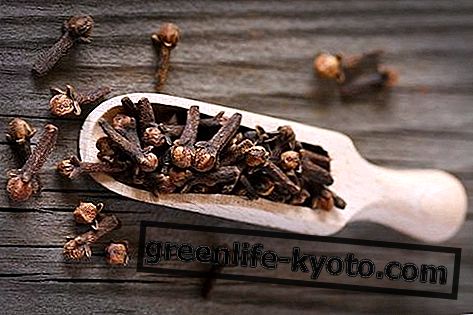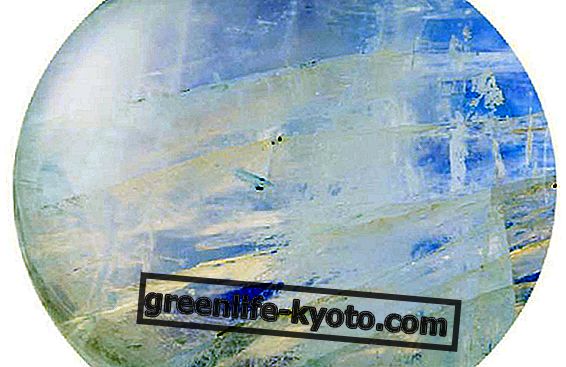
The recipe for summer: panzanella
Why do we offer panzanella as a recipe for summer ? A typical simple and historical dish, therefore, as such, rich in wisdom, tradition and also a harbinger of well - being (in a meal, get your fill of carbohydrates, vitamins and important nutrients to face the rest of the day with energy). The origins of the panzanella are controversial. We can probably identify in the panzanella that food that Boccaccio called "pan lavato" .
What is certain is that the custom of putting dry bread in water to be able to use it again as a food is a poor tradition. Poor yes, but peasant or sailor ? Fatherhood is doubtful. Some think it was the invention of Umbrian or Tuscan peasants, while other scholars identify sailors as the inventors of the modest dish.
If we pass to the etymology, the term panzanella according to some, derives from the words pane e zanella (conchino, deep dish or tureen); according to others from the word "panzana" which originally meant jelly.
In the sixteenth century someone at the Court of Medici intones a song in the form of praise of the panzanella. This is Agnolo Bronzino, who declares:
"Who wants to pass over the stars / en'tinga the bread and eat it in grenades / a salad of chopped onion / glue porcellanetta and citriuoli / wins every other pleasure of this life / considered a little s'aggiungessi / bassilico e ruchetta" .
The absence of any reference to tomatoes made it doubtful that they were used in the original recipe. Bronzino, on the other hand, names porcellanetta, a rustic herb that has fallen into disuse today.
Ingredients for panzanella
The ingredients of this summer recipe for 4/5 people :
- 200 g of homemade bread at least three days old;
- 200 g of cherry tomatoes;
- 200 g of cucumbers;
- 100 g of celery heart;
- 100 g of Tropea onion;
- 50 g of carrot;
- some fresh basil leaves;
- 30 g of vinegar of balsamic vinegar or lemon juice;
- salt;
- pepper;
- 90 g of extra virgin olive oil
One, two three, ready to shred. The bread is made into thin slices, then into strips and then small cubes. Cut tomatoes, cucumbers, onion, celery, carrots and basil. Put everything in a large spherical bowl. You can sauté vegetables to extract more intense aromas and flavors. Mix vinegar and olive oil, season with salt (little, we recommend!). Season the bread and vegetables, stirring well and serve.
The original recipe does not make confetti all vegetables and even bread, but often you will find finely chopped vegetables that rest on slices of wet bread, not crumbled or shredded.
Additional ingredients for imaginative
The most imaginative can add to this recipe for the summer also boiled vegetables with parsley, grilled vegetables, grilled tofu or seitan, natural tuna, lemon-flavored fish fillets, chicken breast cooked with fresh mushrooms, boiled shrimps and artichokes in oil, hard-boiled eggs or pickled gherkins.
We recommend eating with plenty of napkins and friends.
Ready ... yum!

